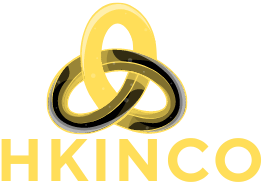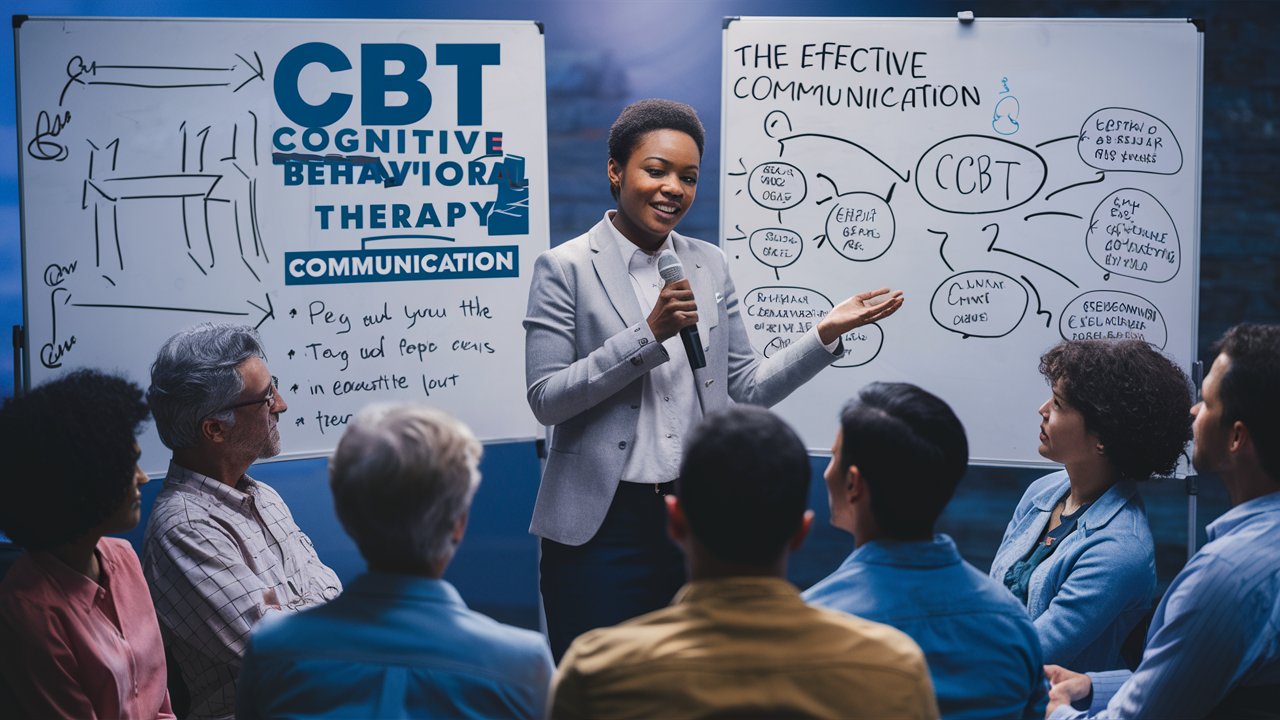Table of Contents
Strong connections are a result of effective communication in both personal and professional contexts. Using the CBT technique for effective communication can transform how you interact with others. Cognitive Behavioral Therapy (CBT) offers valuable tools and strategies to improve communication skills. This article will guide you through how CBT techniques can enhance your ability to connect with others, making your conversations more meaningful and impactful.
Understanding CBT and Its Role in Communication

What is CBT?
CBT, or Cognitive Behavioral Therapy, is a type of psychotherapy that helps people understand and change their thought patterns and behaviors. When applied to communication, CBT focuses on identifying and altering unhelpful thoughts and behaviors that can hinder effective interaction.
Why CBT is Effective for Communication
The CBT technique for effective communication is grounded in the idea that our thoughts influence our feelings and actions. By changing negative or unhelpful thought patterns, we can improve our communication skills. CBT helps individuals become more aware of their communication habits, recognize barriers, and develop healthier ways to interact.
Key CBT Techniques for Effective Communication
Identifying Negative Thought Patterns
A crucial part of the CBT technique for effective communication is recognizing and addressing negative thought patterns. These might include assumptions, overgeneralizations, or catastrophizing. For example, believing that “everyone will think I’m stupid” can affect how you speak and interact. By identifying these thoughts, you can challenge and change them to improve your communication.
Practicing Active Listening
A vital component of good communication is active listening. It entails paying close attention to the speaker, comprehending what they’re saying, and thoughtfully answering. The CBT technique for effective communication encourages practicing active listening by:
- Keeping your eyes open demonstrates your interest and engagement.
- Nodding and providing feedback: Verbal and non-verbal cues help the speaker feel heard.
- Refrain from interrupting the speaker by waiting for them to finish speaking before answering.
Using Positive Self-Talk
Positive self-talk involves replacing negative or self-critical thoughts with supportive and affirming ones. For instance, instead of thinking, “I always mess up conversations,” use positive self-talk like, “I am improving my communication skills.” This technique boosts your confidence and helps you communicate more effectively.
Setting Clear and Realistic Goals
Setting goals is an essential part of the CBT technique for effective communication. Start by identifying specific areas you want to improve, such as speaking more clearly or being more assertive. Establish attainable objectives and monitor your advancement. For example, if you want to improve your assertiveness, your goal could be to express your opinions more openly in meetings.
Managing Anxiety and Stress
Communication can be challenging, especially when you feel anxious or stressed. The CBT technique for effective communication includes strategies to manage these feelings:
- Deep breathing exercises: Help calm your nerves before engaging in a conversation.
- Visualization techniques: Picture yourself handling the conversation confidently.
- Relaxation techniques: Practice mindfulness or progressive muscle relaxation to reduce overall stress.
Building Empathy Through CBT
Understanding Empathy
Empathy is the ability to understand and share the feelings of another person. It is crucial for effective communication. The CBT technique for effective communication can help you build empathy by:
- Developing perspective-taking skills: Make an effort to consider situations from the viewpoint of others.
- Reflecting on emotions: Pay attention to how others are feeling and acknowledge their emotions.
Developing Empathetic Responses
Responding empathetically involves more than just understanding someone’s feelings. It includes:
- Validating their emotions: Show that you acknowledge and understand their feelings.
- Offering support: Provide comfort or assistance based on their needs.
Applying CBT Techniques in Everyday Conversations
In Personal Relationships
In personal relationships, the CBT technique for effective communication can strengthen connections and resolve conflicts. For example:
- Addressing misunderstandings: Use active listening and positive self-talk to clear up misunderstandings and avoid escalation.
- Expressing feelings constructively: Share your emotions and concerns in a way that fosters understanding and collaboration.
In the Workplace
Cooperation and productivity in the workplace depend on effective communication can help you:
- Handle feedback: Approach constructive criticism with an open mind and use it to improve your skills.
- Participate in meetings: Use goal-setting and active listening to contribute effectively and engage with your colleagues.
Evaluating Your Progress
Self-Reflection and Journaling
Self-reflection and journaling are valuable tools for evaluating the impact of the CBT technique on effective communication. Review your interactions regularly and note areas where you’ve improved or need more work. This practice helps you stay aware of your progress and make necessary adjustments.
Seeking Feedback
Another way to assess your communication skills is by seeking feedback from others. Ask trusted friends, family members, or colleagues for their honest opinions on your communication style. Use their feedback to identify strengths and areas for growth. Click here to read more about Tech.
Overcoming Common Challenges

Dealing with Difficult Conversations
The CBT technique for effective communication can help you navigate difficult conversations by:
- Preparing in advance: Plan what you want to say and how to address potential issues.
- Staying calm: Use relaxation techniques to manage stress and keep the conversation focused.
Managing Miscommunication
Miscommunication can occur even with the best intentions. To address miscommunication:
- Clarify and confirm: Repeat what you’ve heard to ensure understanding.
- Apologize if needed: If a mistake is made, offer a sincere apology and work to resolve the issue.
Mastering the CBT technique for effective communication can transform how you connect with others and enhance your interactions. By applying CBT strategies such as identifying negative thought patterns, practicing active listening, and managing anxiety, you can build stronger relationships and communicate more effectively. Whether in personal relationships or the workplace, these techniques offer valuable tools for improving your communication skills and achieving more meaningful connections. Embrace these strategies to enhance your communication and enjoy more fulfilling interactions in all areas of your life.

